Great Garden Walls - Page 4

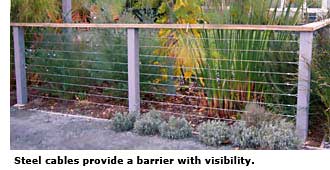
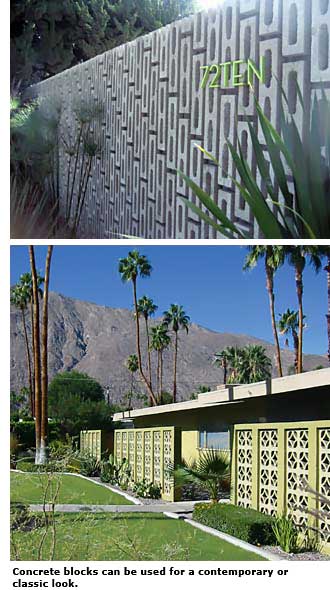
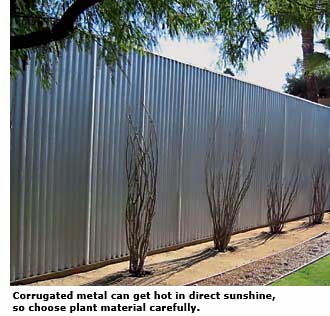

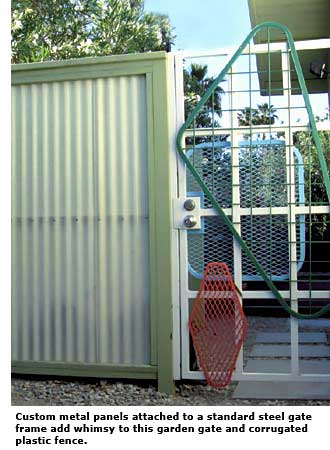

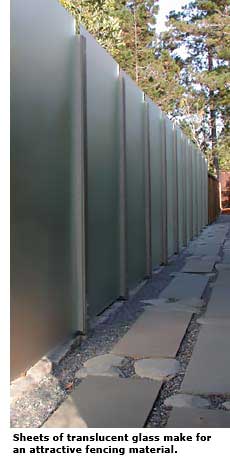
Protective fencing for swimming pools
Additional care needs to be given to fencing for the garden that includes a swimming pool, pond, or water feature over 18 inches deep.
When water is present that could present a hazard to small children, protective fencing is required by municipal and state building codes. Typically this means that a five-foot-high perimeter fence is necessary for the area that encloses a swimming pool, spa, or other body of water.
Gates into the protected area must swing open away from the pool and include self-closing and self-latching hardware. Before finalizing a design for gates that lead to or from a swimming pool, it is always a good idea to check local codes for specific requirements.

Fence posts need special attention
Because the appearance and the structural integrity of a fence depend on the posts, it is well worth spending time to carefully measure and position each post. This is the most important step in the fence-building process, so it is worth special attention.
After the location of the new fence has been determined, establishing the positions for the fence posts is the first step in construction. Regardless of the type of fence planned, the exact location of the property line should be determined in advance of construction. It is also worthwhile to check local ordinances applying to fences before beginning construction.
The materials used for the fence, the slope of the terrain, and the purpose of the fence direct the preferred spacing between posts. Typically fence posts should be positioned six to eight feet apart. Corner or end posts are set first. This allows a string line to be stretched between these two posts. The remaining posts are then aligned to the string line, and a stake marks the location of each post.
For stability, one third of the total length of each post is buried in the ground. For example, a six-foot-high post requires a nine-foot length of lumber. In this case, three feet would be below ground and six feet would remain above.
After the postholes have been excavated to the necessary depth, six inches of gravel is added to the bottom of each hole to allow for drainage and prevent excessive moisture from accumulating at the bottom of the post.
Wood preservative is often used to treat the section of the post that will be underground and extend its useful life. Care should always be used when applying wood preservatives since most of them are strong chemicals that are toxic.
Fence posts may be set directly in the ground, but posts that are set in a concrete footing will last considerably longer. Prior to pouring concrete, or compacting soil around the post base, the posts are braced and the alignment of each post is checked for exact vertical and string line alignment.
After the concrete has been poured for the footing, trowel the concrete to create a slight slope away from the post. This helps to promote positive drainage and prevent wood rot from standing water. If the post is set directly in the ground without a concrete footing, the ground should be similarly sloped away from the post. Posts set in concrete footing should be allowed to set a minimum of 24 hours before fencing is added.
• JC Miller is a veteran landscape architect who worked under Robert Royston before opening Miller Studio, based in the Bay Area and Palm Springs
Photos: David Toerge, Ernie Braun, Melissa Wilson, Leslie Heuer, Rosemary & Barry Brisco; and courtesy JC Miller Archive
When it's time for your next home-improvement project, consider the Eichler Network's team of 'Preferred Service Companies.'
- « first
- ‹ previous
- 1
- 2
- 3
- 4




